The Compact Natal Plum (Carissa macrocarpa ‘Compacta’) is a hardy and attractive flowering outdoor plant known for its glossy green foliage, fragrant star-shaped white flowers, and bright red edible fruits. With its compact growth habit, this evergreen shrub is perfect for borders, hedges, patios, and container gardening.
The Compact Natal Plum blooms beautifully through warm seasons, offering both ornamental appeal and practical use. Drought-tolerant and low-maintenance, it thrives in full sun and well-drained soil, making it a great choice for coastal gardens and outdoor landscapes.
Key Features:
-
Evergreen shrub with glossy leaves and compact growth
-
Produces fragrant white flowers and red edible fruits
-
Drought-tolerant and low-maintenance outdoor plant
-
Ideal for borders, hedges, patios, and containers
-
Adds year-round greenery and seasonal color
Enhance your garden with the Compact Natal Plum – Flowering Outdoor Plant, a perfect mix of beauty, fragrance, and functionality. 🌿✨

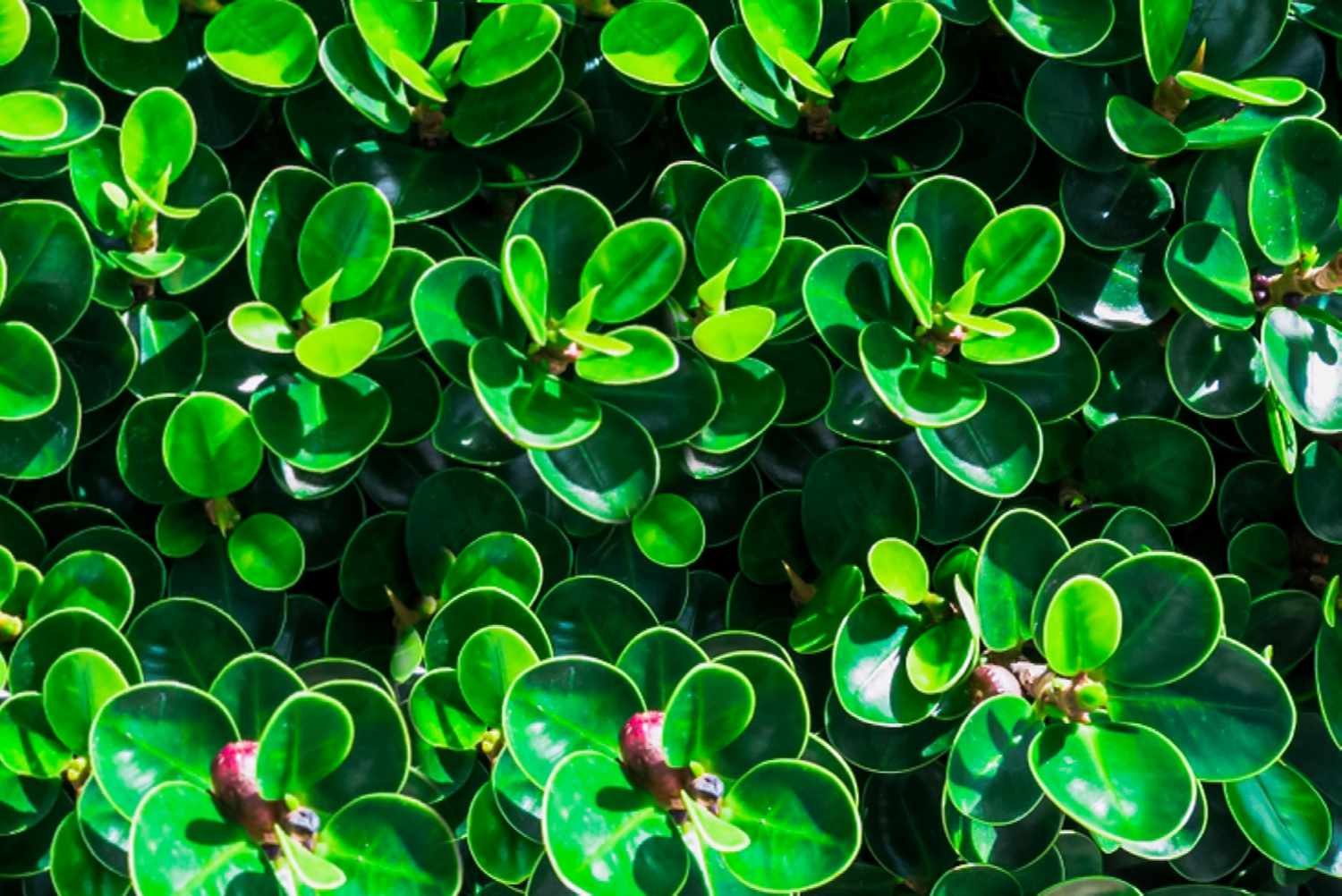

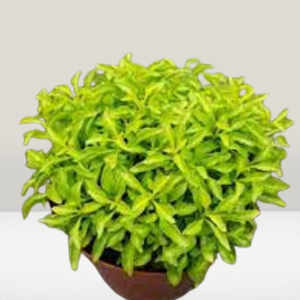
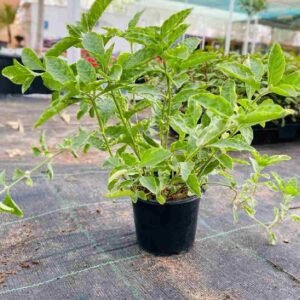

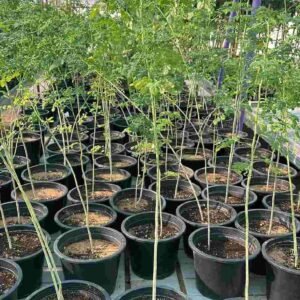

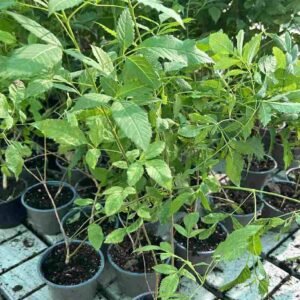

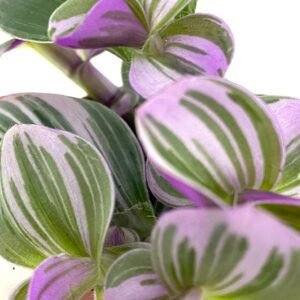
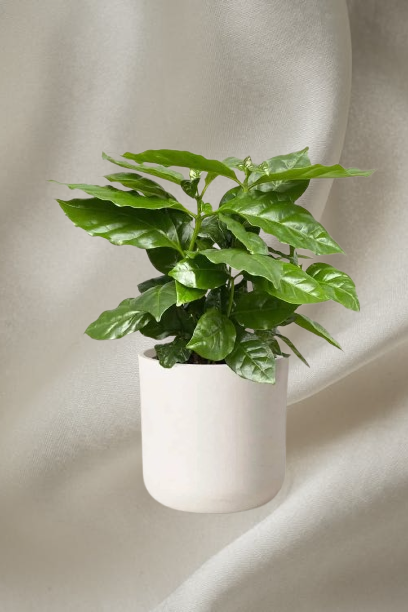

Reviews
There are no reviews yet.